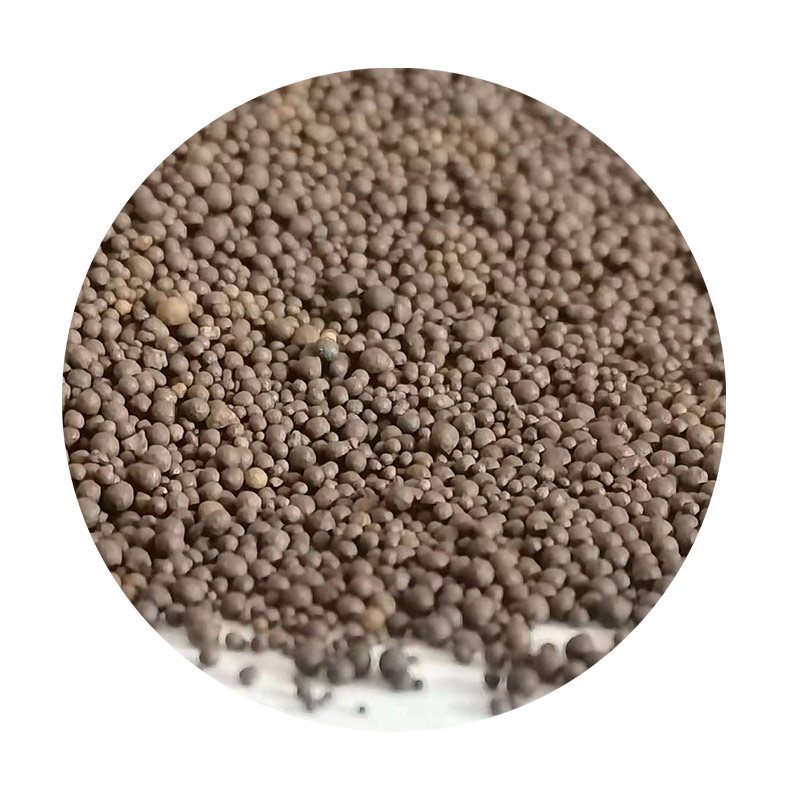Understanding Sand Casting Tolerances A Comprehensive Overview
Sand casting is a widely used metal casting process that involves creating molds from sand to produce complex shapes with high precision. The efficiency of this method is largely dependent on the tolerances achieved during the casting process. Tolerance in this context refers to the permissible limit or limits of variation in a physical dimension or measured value. Understanding sand casting tolerances is crucial for manufacturers, as it directly affects the final product's quality, functionality, and cost-effectiveness.
The Importance of Tolerances in Sand Casting
Tolerances are critical in ensuring that cast parts fit together properly and function as intended. In engineering and manufacturing, failure to meet required tolerances can lead to parts that do not align correctly, increased wear on components, or even total mechanical failure. Achieving appropriate tolerances in sand casting is essential, particularly for industries such as automotive, aerospace, and machinery, where precision is paramount.
Types of Tolerances
Tolerances can be categorized broadly into two types linear tolerances and angular tolerances.
1. Linear Tolerances These refer to the straight measurements of the cast parts. For instance, the length, width, and height of the produced component have specific limits dictated by the design specifications. Linear tolerances are often expressed in a format like ±0.5 mm, indicating that the actual measurement can deviate by 0.5 mm above or below the nominal value.
2. Angular Tolerances These tolerances handle the angles between surfaces or other features of the casting. For example, when a component must fit into a specific degree of orientation with respect to another part, maintaining the defined angular tolerance is key to ensuring proper assembly and function.
In addition to these, there are also geometric tolerances, which pertain to the shape and form of the component features. These tolerances help in defining how much a particular feature, such as flatness or roundness, can deviate from the ideal geometrical shape.
Factors Influencing Sand Casting Tolerances
Several factors contribute to the tolerances achievable in sand casting
sand casting tolerances

1. Pattern Design The design of the pattern used to create the sand mold is perhaps the most significant factor. Smaller, intricate designs may challenge the limits of the casting process, while larger, simpler shapes are often easier to produce with high tolerances.
2. Mold and Core Materials The type of sand and binder materials used can influence the consistency and stability of the mold. High-quality sands and proper binder ratios can improve dimensional accuracy.
3. Cooling Rate The cooling rate of the molten metal as it solidifies can lead to dimensional changes due to shrinkage. Controlling the cooling rate is essential for minimizing this effect and achieving tighter tolerances.
4. Machining Post-Casting In many cases, cast parts undergo additional machining to meet precise tolerances. While this can improve accuracy, it also adds to production time and costs.
5. Operator Skill and Experience The expertise of the operators involved in setting up the sand casting process can greatly affect the tolerances achieved. Experienced operators can make adjustments during the process to mitigate issues and improve precision.
Industry Standards and Best Practices
To facilitate consistency and quality in sand casting, various industry standards exist. Organizations like the American National Standards Institute (ANSI) and the Society of Automotive Engineers (SAE) provide guidelines and standards that define acceptable tolerances for different applications. Following these standards helps manufacturers maintain quality control and meet customer expectations.
Additionally, implementing best practices such as thorough testing of materials, frequent quality checks during the production process, and continuous operator training can enhance tolerance achievements in sand casting.
Conclusion
In summary, sand casting tolerances play a vital role in the production of high-quality, functional components. Understanding the different types of tolerances, the factors influencing them, and adhering to industry standards and best practices are essential for manufacturers striving for excellence in metal casting. By prioritizing tolerance control, manufacturers can minimize waste, reduce costs, and ultimately deliver superior products that meet the rigorous demands of today's industrial landscape.
Post time:Eyl . 30, 2024 18:11
Next:Як абмежаваць смолу і паверхні для лепшага пакрыцця
